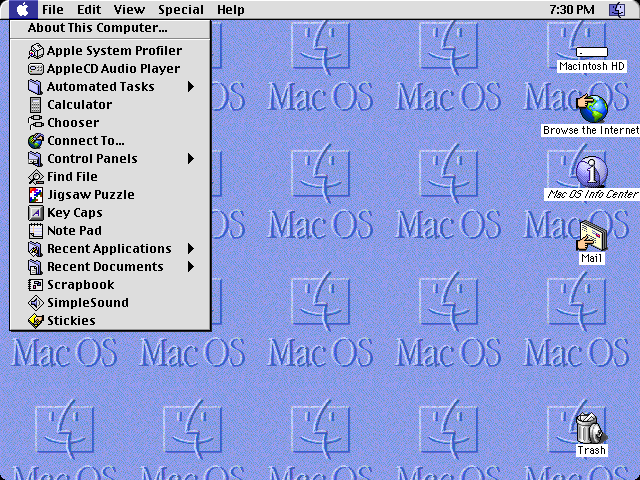OffiSter (Adayfs) Mac OS
対応OS ※9: プルスキャン(TWAIN) Microsoft® Win dows® XP Microsoft® Windows Vista® Microsoft® Windows® 7 Microsoft® Windows® 8 Microsoft® Win dows Server® 2003 Microsoft® Win dows Server® 2008 Microsoft® Win dows Server® 2012. A library of over 125,000 free and free-to-try software applications for Mac OS. OFISTAR S2010C(情報機器)の基本情報(価格)。ビジネスに求められる充実の機能と気軽に使えるサイズを兼ね備えた、スマートな1台。さまざまなワークシーンにFitするA3カラー複合機。【NTT西日本】法人向けICTサービス「オフィス光ソリューション公式」。.
- From the Apple menu in the corner of your screen, choose About This Mac. You should see the macOS name, such as macOS Big Sur, followed by its version number. If you need to know the build number as well, click the version number to see it. What is the latest macOS version?
- Thank you in advance for taking the time to respond. My question is: I am in the processing of adding a new 4T and is the second back up drive both are listed/called as: 'My Passport for Mac' and are listed in a box at Time Machine along with this adi this folder (/Users/Shared/adi). Unsure what it was, so went to Communities.
Offister (adayfs) Mac Os 11
Finding and accessing opt isn’t as simple as finding other hidden folders. In this article, we explain why and how to find and access the opt folder.
How to find the opt folder?
This isn’t as easy to find as a Library or even Net or var because macOS does not even have an opt (or /opt) folder. Instead, macOS has a /usr/local/opt folder, something you can make visible in Finder.
Ordinarily, you aren't going to need to find and access the /usr/local/opt folder unless you need to download new software applications from third-party providers, such as Intel or Homebrew.
Whatever the format you find opt within your macOS directory, the purpose of this folder is: “a directory for installing unbundled packages (i.e., packages not part of the Operating System distribution, but provided by an independent source), each one in its own subdirectory.”
Navigating to this opt folder can be done one of two ways: either go through Terminal or search for it using Finder.
How to find opt folder using Terminal

- Go to Terminal - in the Utilities folder.
- Type in the following command:
defaults write com.apple.Finder AppleShowAllFiles YES - Now Reinitialize the Finder, either by rebooting or clicking the Finder while holding down the Option key, then selecting “Relaunch.”
- Now, this should show every hidden folder, including the /usr/local/opt folder.
- Once you are ready to hide them again, go to Terminal and input the following command:
defaults write com.apple.Finder AppleShowAllFiles NO
How to access the Opt folder using the Finder
- Open Finder.
- Press Command+Shift+G to open the dialogue box.
- Input the following search: /usr/local/opt
- Now you should have temporary access, so you should be able to drag it into the Finder favorites if you want to access it again.
How to visualize all your folders with Space Lens
Space Lens one of the powerful tools in CleanMyMac X. With its help, you can scan your hard drive and build a detailed map of your storage. You'll get a list of all the files and folders on your Mac and how much space they take. You can see what's taking space in a few clicks and remove the space hoggers for good.
Mac Os Mojave
- Download and install CleanMyMac X.
- Launch the app.
- Choose Space Lens.
- Click Run.CleanMyMac X is a powerful cleaner, speed booster, and health guard for your Mac. Try it out to keep your Mac as good as new!